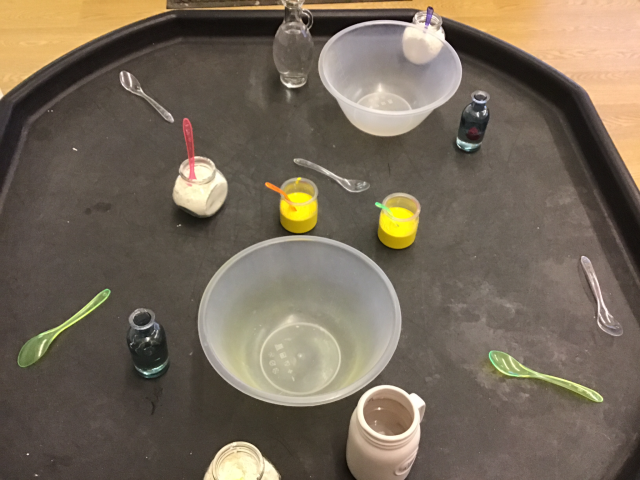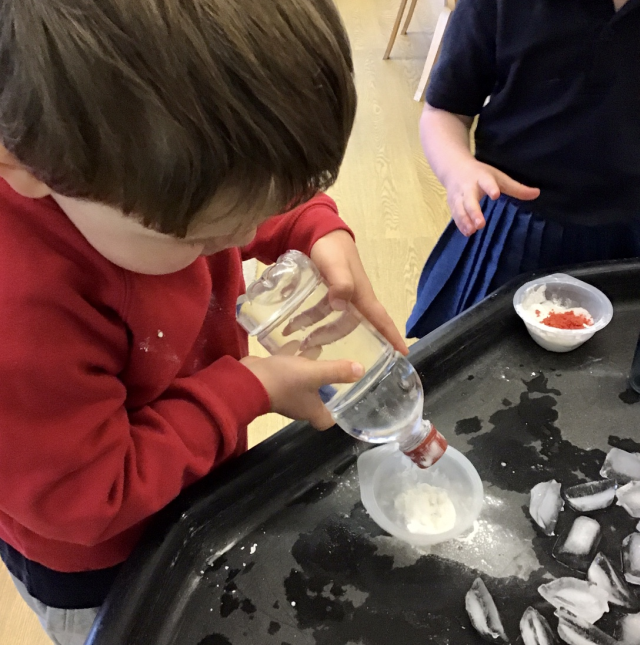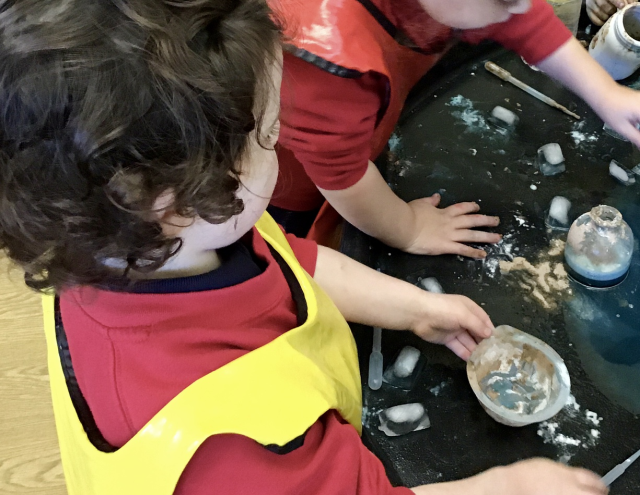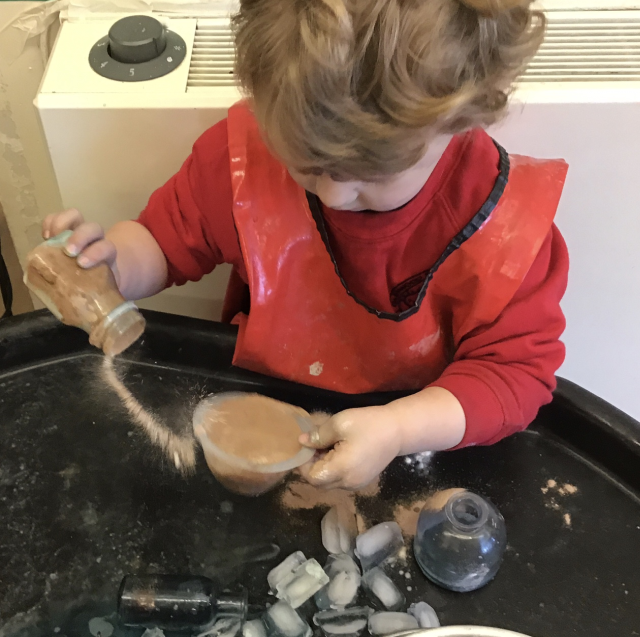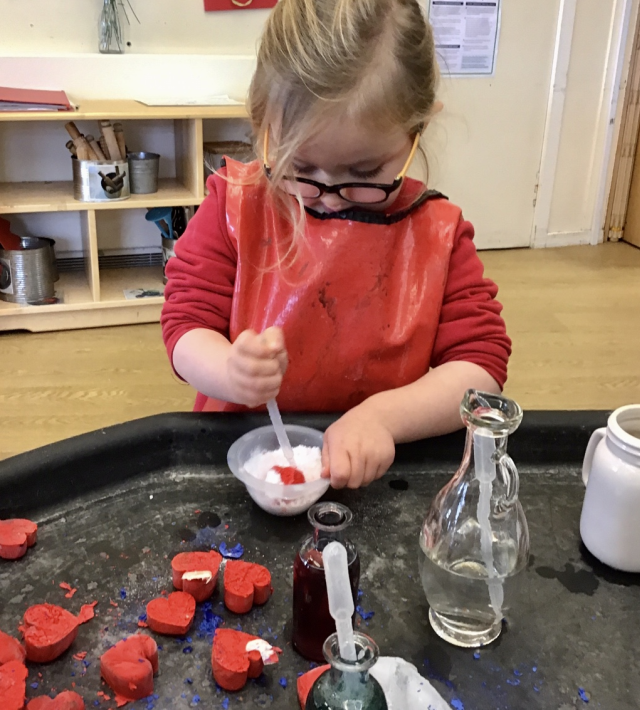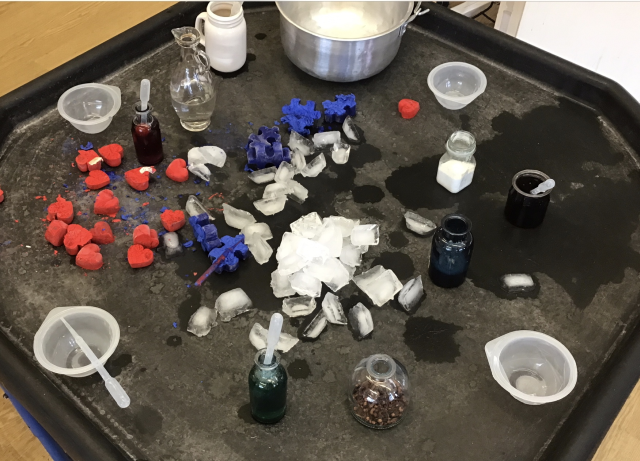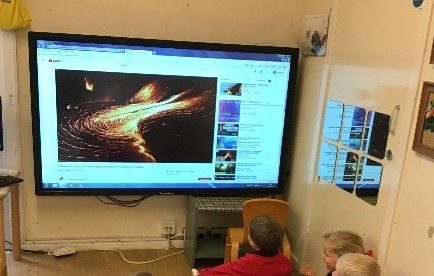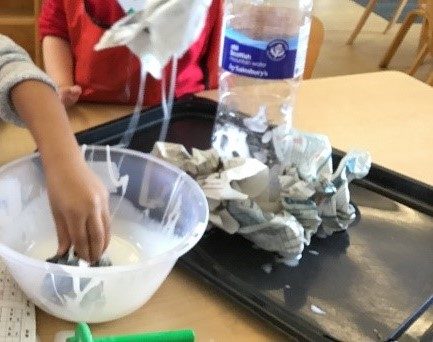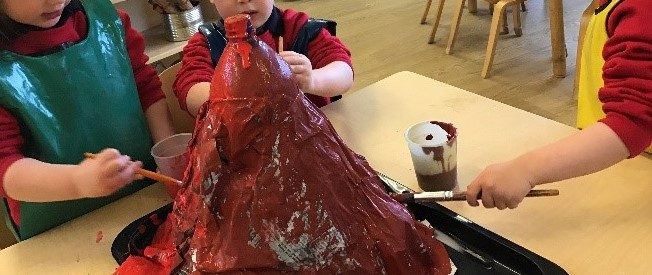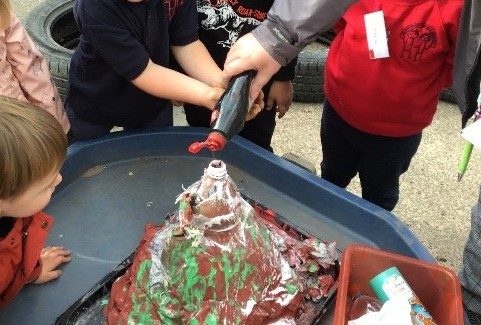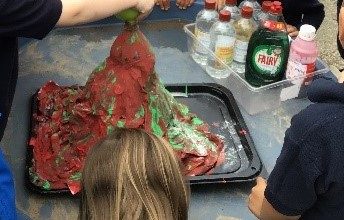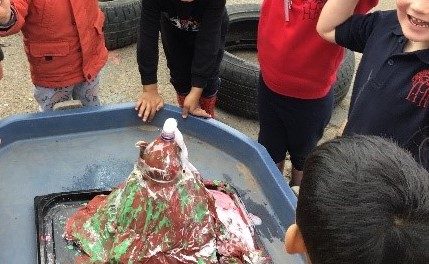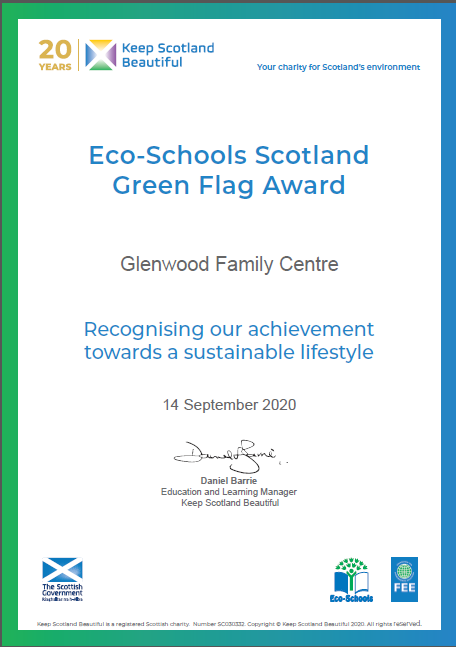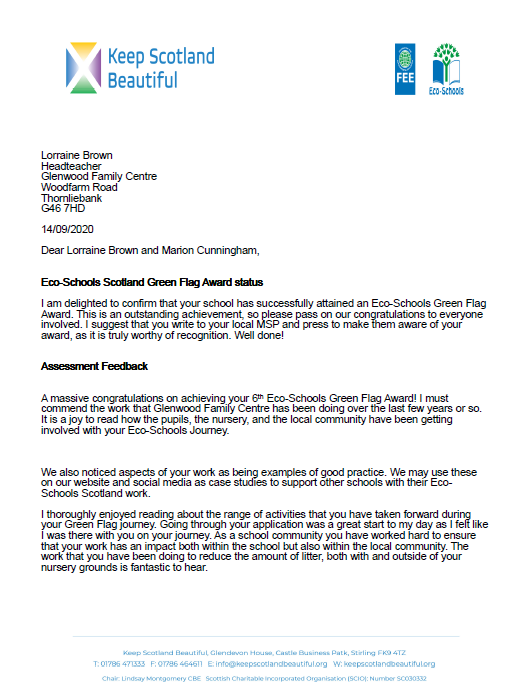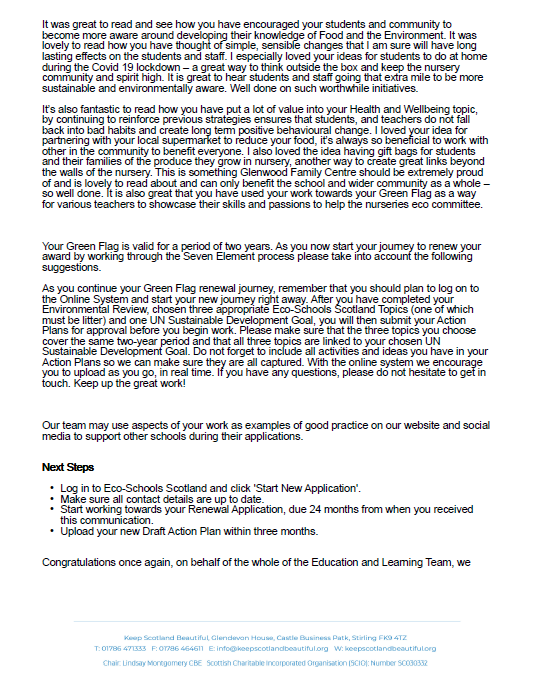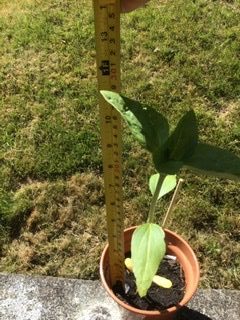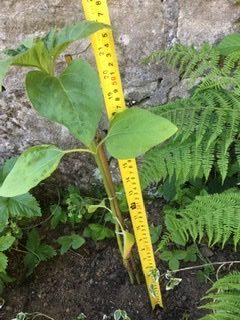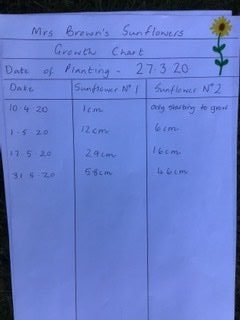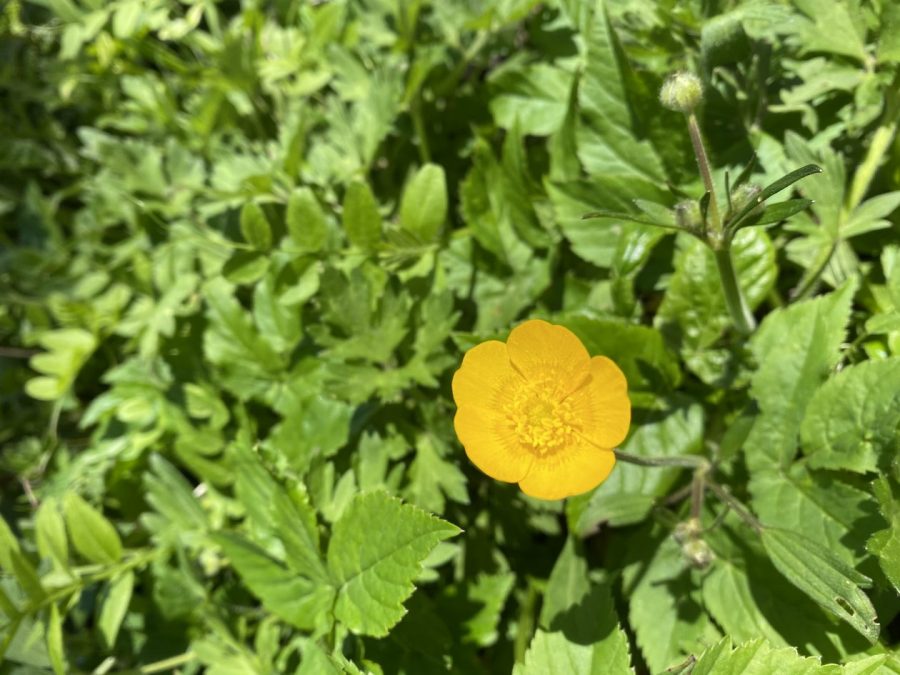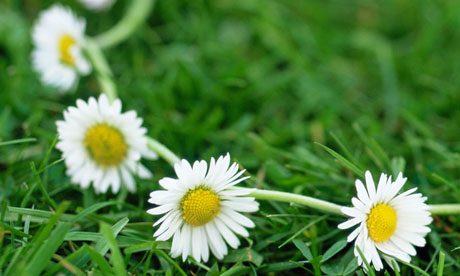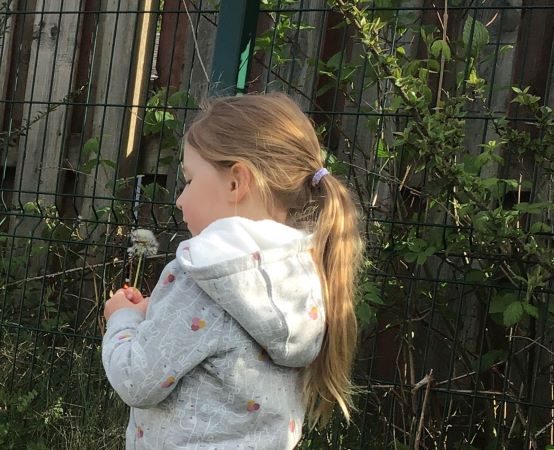The children have been very interested to learn about planting and growing runner bean seeds for our new family centre. By placing a runner bean seed in a zip lock bag with some wet cotton wool and sticking this on to the window, the children were able to observe the seeds germinate as the roots and shoots started to grow.
“I can see the roots going down and the shoots going up.”
“They are going to be so tall.”
“The roots are getting really long now.”
After about 10 days the children filled some small plant pots with soil and carefully planted a seedling in each one and then watered them all.

“I will give them some water. They need water so they can grow.”
The children took responsibility for checking that the soil in the pots was not too dry and made sure each plant had enough water to help it grow.
“The beans need a little drink of water. I touched the soil with my finger and it felt dry.”
To prepare for planting the runner beans outdoors a handheld drill was used to drill drainage holes in planters, the planters were filled with soil and canes were added to provide support.
“I’m turning the handle round and round. I can see little bits of plastic at the bottom.”
To help carefully remove the plant from the pot without damaging it, the children learned about gently rolling and squeezing the pot with their fingers and hands. They were very interested to see how the roots had grown inside the pot.
“Look at all the roots. There are so many.”
When the children had finished planting all the runner bean plants they chose a sunny spot to put them in the garden and gave them a big drink of water.
“The beans are really tall. They have lots of leaves.”
Further information about growing runner beans can be found on the following website: https://www.gardenersworld.com/how-to/grow-plants/how-to-grow-runner-beans/












